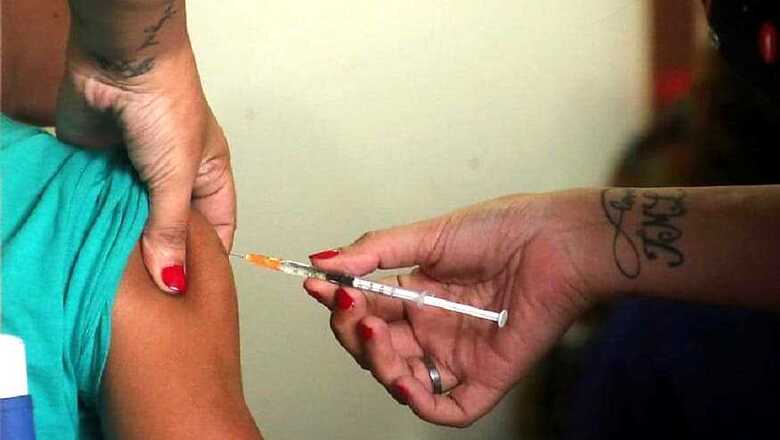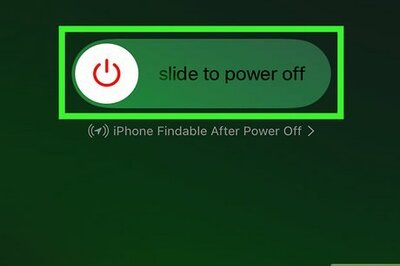
views
First discovered in 1952, Chikungunya virus has affected millions of people by causing periodic outbreaks in Africa and Asia. In 2006, over 1.5 million cases of Chikungunya were reported in India with Aedes aegypti blamed as the vector. Most people affected by the non-transmissible disease get better on their own. Compared to dengue fever, Chikungunya rarely causes hemorrhagic complications.
Chikungunya virus remains in the human system for five to seven days and can be misdiagnosed for dengue fever or Zika virus.
The name Chikungunya owes its origin to a Kimakonde language verb, meaning 'to become contorted'. The mosquito-borne disease is spread, mostly, by the Aedes albopictus and Aedes aegypti types of mosquitoes.
Between 2013 and 2017, two million Chikungunya cases were reported worldwide. During the 2005-2006 epidemics on the Reunion Island, 244,000 cases of Chikungunya were estimated including 203 confirmed cases of death.
Chikungunya has been identified in nearly 40 countries. Italy is the only European country to have reported an outbreak while the Americas have not had any major outbreaks so far.
The World Health Organisation recommends a number of measures including the use of mosquito repellants for protection from mosquitoes and prevention of Chikungunya by combining vector prevention and control with dengue control efforts.
Who are prone to be affected?
Newborns, people over 65, and people who have high blood pressure, diabetes, or heart disease suffer more on account of Chikungunya.
Arthritis- affected joints are more likely to be affected by Chikungunya. The pain may also occur in the muscles or ligaments.
Symptoms
72% to 97% of those infected will develop symptoms such as high fever, joint pain and swelling, rashes, headache, muscle pain, nausea, fatigue and malaria between 4 and 7 days of the infected mosquito bite.
Strong joint pain or stiffness usually lasts weeks or months, and in some cases even years. It can often result in near immobility of the affected joints and is reported in 87–98% of cases.
Rash occurs in 40–50% of cases, generally after two to five days of the onset of symptoms.
In more than half of cases, normal activity is limited by significant fatigue and pain and inflammation of the eyes in the form of iridocyclitis, or uveitis, and retinal lesions has also been reported.
Diagnosis and treatment
Chikungunya is diagnosed by use of serological tests and there is “no real treatment” for the disease, according to Web MD. Analgesics and painkillers like acetaminophen or ibuprofen are usually given for fever and patients are advised to consume fluids and get a lot of rest.


















Comments
0 comment